Rodrigo Amado - Searching For Adam (2010)
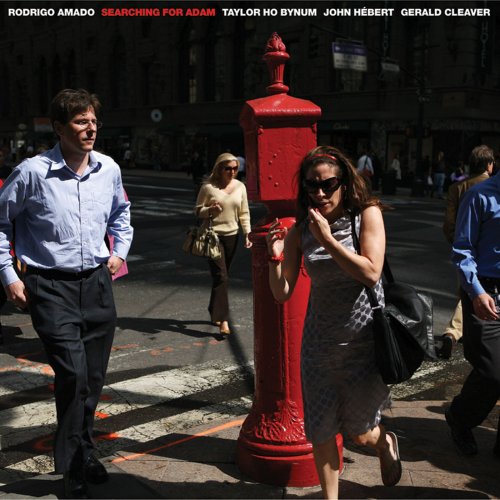
Artist: Rodrigo Amado
Title: Searching For Adam
Year Of Release: 2010
Label: NotTwo
Genre: Jazz
Quality: flac lossless (tracks)
Total Time: 01:01:55
Total Size: 349 mb
WebSite: Album Preview
TracklistTitle: Searching For Adam
Year Of Release: 2010
Label: NotTwo
Genre: Jazz
Quality: flac lossless (tracks)
Total Time: 01:01:55
Total Size: 349 mb
WebSite: Album Preview
01. Newman's Informer
02. Waiting For Andy
03. Renée, Lost In Music
04. Sunday Break
05. Pick Up Spot
06. 4th Avenue, Adam's Block
This music is a walk in the city, and the parts we might first distinguish can register as parts of ourselves, the passers-by and those in our stream, the ebb and flow of traffic, the particles of attention moving at different speeds, a dance for those approaching, peripheral flashes on those we pass, sharper attention for people passing us. It’s the collective momentum of urban life, all its rhythms. Vehicles will pass (sometimes, in the city, walkers may pass them) and always there are thoughts, multiple interior monologues vying for center stage — love, art, birth, all the economies — mixing with the incoming rush of detail, from dog shit avoided to the epiphany of sunlight flaming up in a window, and all the half-read, half-heard words of advertisements and passers-by and street crazies and cell-phone prisoners.
Rodrigo Amado is an artist of the city, a musician intensely aware of moving lines and their sudden convergences, and Searching for Adam is music of at least two cities. One is New York, a city that he’s played in and which he has scrutinized closely with a photographer’s eye over a period of five years, resulting finally in the series of photographs that correspond to this music. It’s also home to the three musicians he’s convened for this band, though he gathered them in his hometown of Lisbon, another perspective for all concerned, along with all the other cities of sound, imagination and memory. Those multiple elements condition and create this music and all the intimacies and distances that arise amongst its parts, Amado structuring the situation just enough for optimum spontaneity and the best possible results.
For Amado, “Searching for Adam represents the continuous search artists have to do for a personal language. That has always been a key point for me in music, and it continues to be in photography. When I started working more intensely as a photographer, it helped me understand better the difficulties and traps of the process, and made me more conscious of my own development as a musician. When I was photographing New York, one of the most photographed cities in the world, the big challenge was to do it with my own language, as direct as possible between me and the images. I did it for five years and ended using only the images from the last year's work. So I thought about that title as a metaphor, not only for my own search but for artists in general. With so many musicians copying or directly referencing others, in all kinds of music, from traditional to experimental, I feel this is the question.”
“I chose these specific musicians for the idea I had of how we would sound together. What I liked in Taylor's sound was his more abstract phrasing, compared with mine, and a hard edge that would also balance well with my rounder sound. Regarding John, I just wanted to play with him after I saw him playing in New York. After that, I saw him playing in Lisbon with Andrew Hill and he was doing completely different stuff, always totally creative. I feel he can fit in any constellation. Gerald represented for me the organic element, the connection with the roots, whatever they might be. I always thought of him as the perfect counterpoint to Taylor. When we played the first concert, just a couple of hours after we did the first notes together, the music was almost exactly as I thought it would be and it was beautiful.”
John Hébert offers another perspective, recalling his first conversations with Amado, “I had heard some of Rodrigo’s earlier work and really liked what I was hearing, then he told me one day that he was planning a new band, and wanted Taylor Ho Bynum, Gerald Cleaver, and myself. Now, I knew Gerald from playing situations in town already, and I had never played with Taylor before, but knew of him and his playing, so I just knew that this would be a great combination. How could it be bad, with these cats involved?”
Hébert connects Amado’s sense of composition to his other art, “Rodrigo is also an amazing photographer. Perhaps this helps with his empathy and being able to have an understanding and clarity about a situation before it even comes together. There was a huge level of trust from him, allowing us all to just be ourselves and believing that whatever we brought to the table was something worth investigating. His belief in us, great playing and vision, helped to create some great experiences.”
Taylor Ho Bynum concurs, "I think we all felt an immediate kind of musical empathy, which was particularly striking because this was the first time the four of us had ever played together. In fact, for me it was the first time I had played with any one of the musicians, though I'd known and admired all of their music for a while. I also rarely operate in a wholly improvised context, though Rodrigo's photographs did give me a little bit of 'pre-composed' materials to play with! But with these musicians we quickly established a unique ensemble language, rich with possibility."
There’s a dialogue here with some of the essential textures of jazz. Amado is a master of grain, of all the sonic potential within a single “note,” resembling, in this, one of the tenor’s grand masters, the too-little-celebrated Eddie “Lockjaw” Davis who could throw off a blues line with a clearly different spin on every note. A point of reference for this group dialogue is Sonny Rollins’ 1962-63 quartet with Don Cherry and its masterful deconstructions of earlier anthems in a freshly collective language. The spear-shaft splintering of Bynum’s cornet cuttings (not the contest but the horticulture) dovetailing with the broader sounds of Amado’s saxophones will suggest that, but also the group’s consistent rhythmic emphasis, letting you know that, yes, this is collectively improvised music, but it’s also free jazz, etched within an on-going history of rhythmic dialogue. This band can find reverie in momentum, and movement in reverie. It can even find dialogue in a solo, as in the polyrhythms of Cleaver’s Pick-up Spot.
It’s fascinating to see how far this group can get in a single piece, from Rodrigo’s gruff and lightly solemn invocation that launches the dialogue on Newman’s Informer to the rhythmic play between Cleaver’s cymbals and that barely articulated upper-register tenor. That play with air will come up again and again here, as in Bynum’s solo on the extended Waiting for Andy, an insistence on the sense of collective air, an awareness we should never be too far from and which this music insists on. It’s there, too, on Sunday Break, in the incredible lyricism achieved both independently and collectively in the movement of four voices in and out of one another’s tempos, and in its counterpart in the collective stillness achieved at the conclusion of 4th Avenue, Adam’s Block — the scraped cymbals, bowed bass and muted trumpet all framing Amado’s great baritone balladry.
Searching for Adam is music of rare vision created by a rare band, coming together in a few days and making music of intense individual and collective meaning. Even its moments of scurry are moments being savored, to be savored.
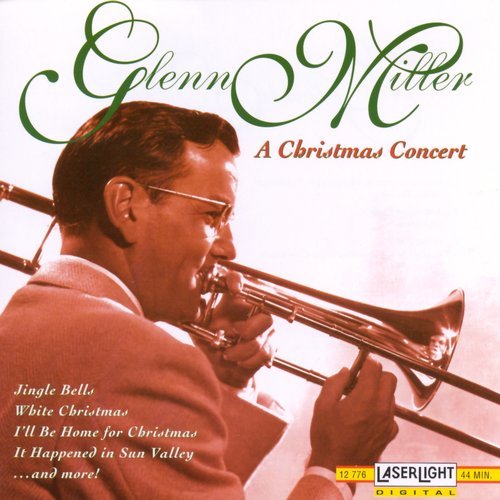
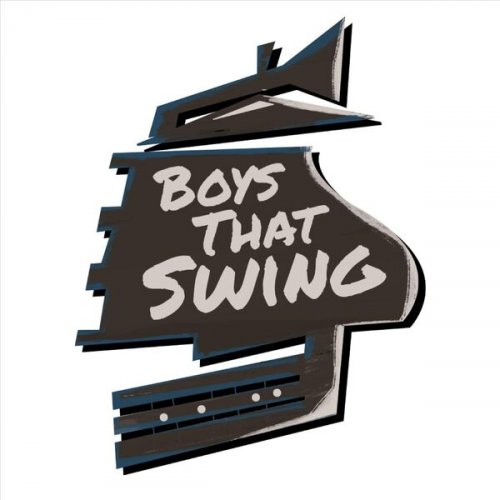
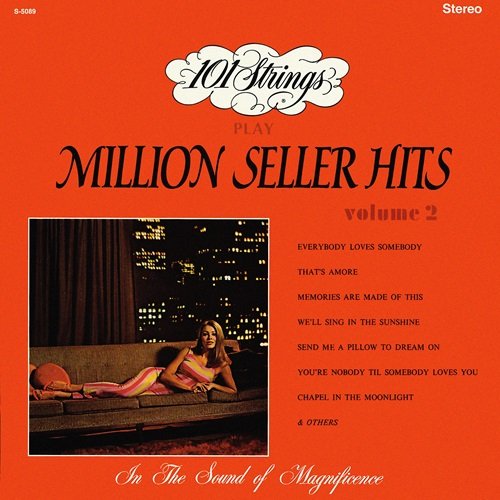
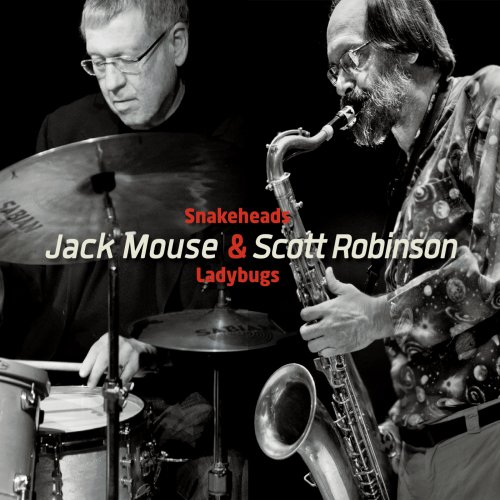
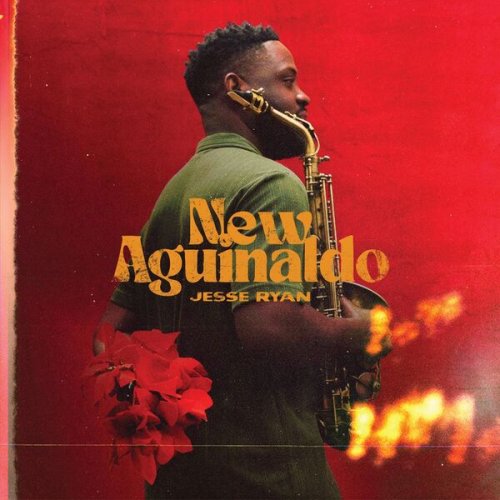
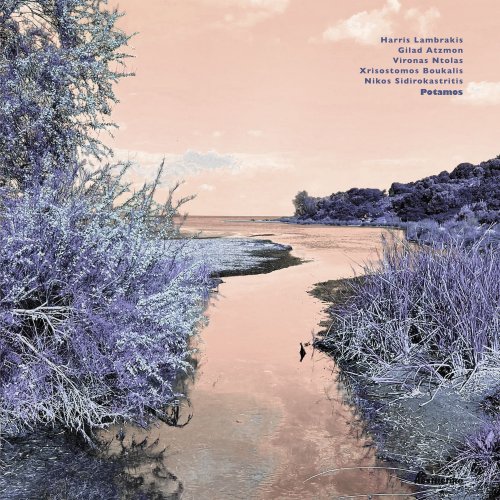
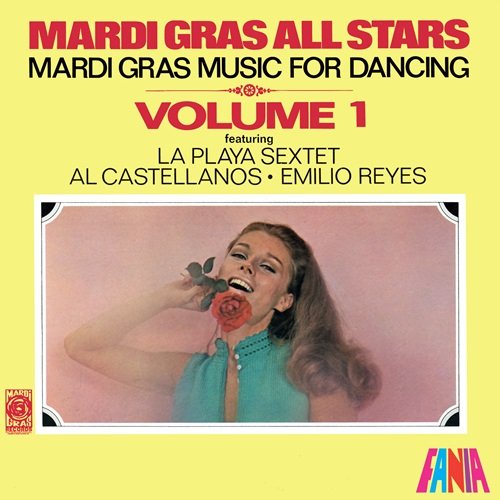
![Thelonious Monk - Brilliant Corners (1957) [2012 SACD] Thelonious Monk - Brilliant Corners (1957) [2012 SACD]](https://www.dibpic.com/uploads/posts/2019-04/1555690875_folder.jpg)
![Nigel Price & Alban Claret with Mikele Montolli & Matt Fishwick - Entente Cordiale (2023) [Hi-Res] Nigel Price & Alban Claret with Mikele Montolli & Matt Fishwick - Entente Cordiale (2023) [Hi-Res]](https://www.dibpic.com/uploads/posts/2025-12/1766795538_hf8ta0jsdmh8b_600.jpg)